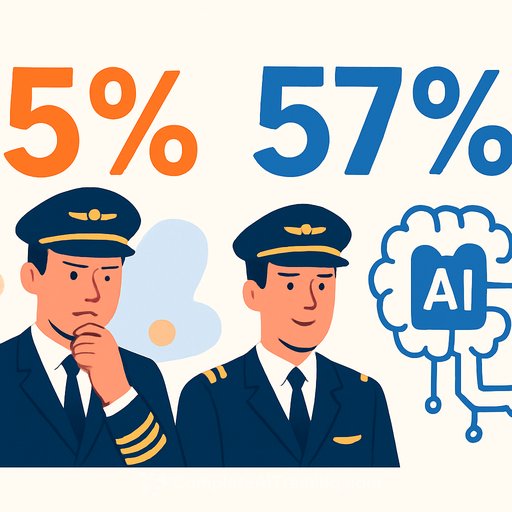How CIOs Can Inadvertently Derail an AI Strategy—and How to Avoid It
AI initiatives carry significant promise, but even well-intentioned CIOs can stumble in guiding their organizations through successful adoption. Missteps often come from overlooking key factors beyond technology, leading to stalled projects and wasted resources. Understanding the common pitfalls helps executives keep AI efforts on track and aligned with real business value.
Beware of Doing AI Just for AI’s Sake
Launching AI projects without clear business outcomes is a frequent mistake. Investing heavily without assessing the expected contribution of AI to organizational goals risks burning through budgets with little to show. Before setting an AI strategy, it’s critical to define the desired impact and how success will be measured.
Risk-averse stakeholders, especially security teams, can unintentionally block innovation by enforcing overly strict controls. While security is essential, excessive restrictions can halt experimentation and slow down practical AI use cases driven by business needs.
Another common error is relying exclusively on out-of-the-box AI tools, like Microsoft Copilot, without integrating them thoughtfully into core workflows. This limits the technology’s potential and may result in minimal improvements or disruption.
Focus on People and Processes, Not Just Technology
Jumping to new AI solutions without addressing underlying people or process issues can doom a project. The latest AI models and tools are enticing, but progress depends on having the right skills and workflows in place. Existing technologies may already offer meaningful improvements if used effectively.
Make AI Part of Broader Business Transformation
AI should not be treated as a standalone initiative. Embedding AI into wider transformation efforts and tracking outcomes rather than outputs ensures the strategy delivers meaningful results. Teams must stay informed on AI developments but exercise discipline to act only when changes will move the strategy forward.
Deploy AI solutions that clearly save time or add business value. Tools that complicate workflows or slow down processes rarely succeed. Encouraging collaboration, providing ongoing AI training, and investing in upskilling IT teams in areas like prompt engineering, bias detection, and testing are essential steps.
Keep Strategic Goals Front and Center
- Regularly revisit the project’s strategic goals with all key stakeholders.
- Audit data quality and access to ensure foundations are solid.
- Define quick wins to build confidence and demonstrate progress.
While many people are involved in AI initiatives, effective course correction requires one or two accountable leaders empowered to make swift decisions. Without clear ownership, projects risk getting stuck in endless discussions and slow progress.
Typically, these leaders include the CIO, chief AI officer, or a designated AI strategy lead. They must have the authority to align business, IT, and security priorities and be willing to make tough calls, including fixing or replacing parts of the strategy when necessary.
Embrace Failure as Part of the Journey
Small failures in AI use cases should be expected and accepted. The key is to fail fast and learn quickly. Identifying the root causes — whether data, people, or security issues — and addressing them head-on builds resilience and credibility.
Leaders who avoid confronting failures risk stagnation and missed opportunities. Transparent communication about challenges and a willingness to pivot help maintain momentum.
AI Demands Bold, Practical Leadership
AI is not magic. It’s a messy, iterative process that requires leaders who focus on adoption, usability, and measurable business impact—not just on technology specs or buzzwords.
Successful CIOs prioritize investment in people, data quality, and tangible change. If an AI strategy doesn’t make jobs easier or generate clear value quickly, it risks becoming expensive window dressing.
For executives seeking to strengthen AI skills and leadership capabilities, exploring targeted training can be a valuable step. Resources like Complete AI Training offer courses designed to boost practical AI knowledge for business leaders.
Ultimately, the difference between AI strategies that thrive and those that falter often comes down to leadership clarity, disciplined execution, and a relentless focus on real-world outcomes.
Your membership also unlocks:






